By: Josh Lucas
Visualizing Chord Shapes & Arpeggios Pt. 2: First Inversions
So this time we’ll be doing a little extra work, since working with inversions is in many ways a review, and since as we’ll learn that not all inversions can be easily looped, there are only a few that I use as a go-to.
First let’s take a look at the first inversion of each triad.
“First inversion” means that rather than starting on the root of the arpeggio, we’ll start on the third.
If that still sounds like mumbo-jumbo to you, think of the arpeggios we learned last week–rather than beginning and ending on the first note, we’ll begin and end on the second note. Still the same set of notes, just shifting the focus from the root (first note) to the third (second note).
Sounds easy enough, right? Let’s see how it works if we start with the root-position forms that we did in the last lesson. Some of the chords are dependent upon open strings, while others are useful in any context, no matter the key–if, let’s say, you’re in a key without open strings to take advantage of.

You’ll also notice that I’ve cleverly skipped the root in some of these 7th chords. Get used to that, as it’s a trick we’ll use to imply chord extensions when it’s not necessary for us to play the full chord. I use this when I know another musician will be taking care of the bass note for me, or if my ensemble has spelled out most of the chord for me.
What this means in the context of what we play–over a C major, I might let the rest of the ensemble spell out that chord, while I play an E minor chord. The resulting harmony will be a C Maj 7 chord. Why? Let’s take a look
Notes of a C chord: C E G
Notes of Emin: E G B
Notes of Cmaj7: C E G B
Hopefully a lightbulb goes off in your head here. If you play the notes of a c chord, and I play the notes of an e-minor chord, together we’re playing all the notes of a C Maj 7 chord.
Next let’s look at the C major arpeggios in first inversion.

You’ve probably noticed that some of these patterns are extremely clumsy to loop with a pick, and would work better for fingerstyle players. Let’s check out the Minor Patterns next.

Now let’s do a little etude that connects root position and first inversion triads. I know I’ve skipped Second Inversion triads, but just like first inversion, they’ll connect to the original position, and just move up one note in the triad.
Warning: It’s difficult, so don’t be ashamed to put that metronome on 60 and start out with eighth notes. I know that’s what I did.

There we go! Hopefully this helps with visualizing the fretboard. The first part changes chords on every beat, and the second part gives two beats to each arpeggio. I’ve set the etude up so that it can be “shredded” but if you have no intention of working through the techniques involved, just play through the exercise with a metronome and see if you can play 8th notes, or even just quarter notes. You’ll be able to hear and familiarize yourself with the texture of each arpeggio.
Any questions or comments, shoot me an e-mail at josh@andrewwhiteguitars.com. I can help with fingerings and anything else you might need.
Upload yourself playing through the etude to instagram with the hashtag #andrewwhiteshredchallenge and we’ll repost your videos and see who can play it the fastest and cleanest!
Until next time!








